Monecky - Grandes Sonhos

More Posts from Monecky and Others
Ten interesting facts about Jupiter
Here is a list of some interesting facts about the planet Jupiter. A planet that catches the attention of all, by its size, storms and its surprising moons.

The mass of Jupiter is 318 times as massive as the Earth. In fact, Jupiter is 2.5 times more massive than all of the other planets in the Solar System combined.

Its gravity is so strong that a rocket would have to go an unthinkable 135,000 mph to leave.

The Great Red Spot on Jupiter is one of its most familiar features. This persistent anticyclonic storm, which is located south of its equator, measures between 24,000 km in diameter and 12–14,000 km in height. As such, it is large enough to contain two or three planets the size of Earth’s diameter. And the spot has been around for at least 350 years, since it was spotted as far back as the 17th century.

Jupiter’s rings were discovered in 1979 by the passing Voyager 1 spacecraft, but their origin was a mystery. Data from the Galileo spacecraft that orbited Jupiter from 1995 to 2003 later confirmed that these rings were created by meteoroid impacts on small nearby moons.

Extending up to seven million kilometers in the Sun’s direction and almost to the orbit of Saturn in the opposite direction, Jupiter’s magnetosphere is the largest and most powerful of any planetary magnetosphere in the Solar System, and by volume the largest known continuous structure in the Solar System after the heliosphere.

Jupiter has a total of 69 natural satellites. The four largest are: Io, Europa, Ganymede and Callisto. However, it is estimated that the planet has over 200 natural satellites orbiting it. Almost all of them are less than 10 kilometers in diameter, and were only discovered after 1975, when the first spacecraft (Pioneer 10) arrived at Jupiter.

Jupiter Has Been Visited 8 Times By Spacecraft. Jupiter was first visited by NASA’s Pioneer 10 spacecraft in December 1973, and then Pioneer 11 in December 1974. Then came the Voyager 1 and 2 flybys, both of which happened in 1979. This was followed by a long break until Ulysses arrived in February 1992, followed by the Galileo space probe in 1995. Then Cassini made a flyby in 2000, on its way to Saturn. And finally, NASA’s New Horizons spacecraft made its flyby in 2007. NASA’s Juno spacecraft is currently orbiting Jupiter.

Jupiter is the third brightest object in the Solar System, after Venus and the Moon.

Jupiter Is The Fastest Spinning Planet In The Solar System. For all its size and mass, Jupiter sure moves quickly. In fact, with an rotational velocity of 12.6 km/s (~7.45 m/s) or 45,300 km/h (28,148 mph), the planet only takes about 10 hours to complete a full rotation on its axis. And because it’s spinning so rapidly, the planet has flattened out at the poles a little and is bulging at its equator.

Jupiter Cannot Become A Star. Astronomers call Jupiter a failed star, but that’s not really an appropriate description. While it is true that, like a star, Jupiter is rich in hydrogen and helium, Jupiter does not have nearly enough mass to trigger a fusion reaction in its core. This is how stars generate energy, by fusing hydrogen atoms together under extreme heat and pressure to create helium, releasing light and heat in the process.
This is made possible by their enormous gravity. For Jupiter to ignite a nuclear fusion process and become a star, it would need more than 70 times its current mass. If you could crash dozens of Jupiters together, you might have a chance to make a new star. But in the meantime, Jupiter shall remain a large gas giant with no hopes of becoming a star. Sorry, Jupiter!
Sources: universetoday and wikipedia
Images credits: Wikimedia Commons, JAXA, NASA, ESA, Hubble, Wang Letian & Michael Carroll





















Interstellar Comet 2I/Borisov Probably Came from Double Red Dwarf Kruger 60
A new study by astronomers from the A. Mickiewicz University and the Space Research Centre of the Polish Academy of Sciences suggests that the interstellar comet 2I/Borisov likely came from a binary star system called Kruger 60.
is a visual binary stellar system located in the constellation of Cepheus.
Also known as DO Cephei, HD 239960, Gliese 860, BD+56 2783, HIP 110893, and ADS 15972, it is a tenth closest multiple stellar system, currently only 13.15 light-years from the Sun and approaching.
Kruger 60 is named after the German astronomer Adalbert Kruger who observed it in 1873.
It consists of two M-type stars (red dwarfs) — Kruger 60A and B — that orbit each other once every 44.6 years.
Kruger 60A has about 27% of the Sun’s mass and 35% of the solar radius, Kruger 60B is a smaller star with about 18% of the Sun’s mass and 24% of the solar radius.
They modeled the motion of the comet, the Sun and 647 stellar systems from their list of potential perturbers of cometary motion.
They found that one million years ago, 2I/Borisov passed Kruger 60 at a distance of 5.7 light-years having an extremely small relative velocity of 7,700 mph (3.43 km/s).
“As the orbit of this comet will become more precise the minimal distance between these two bodies might vary but their relative velocity will remain very small, which suggests that 2I/Borisov might originate from Kruger 60,” the researchers said. (source)
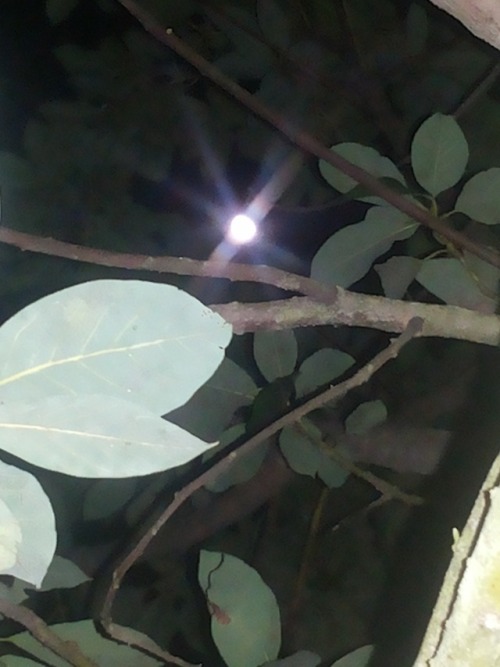





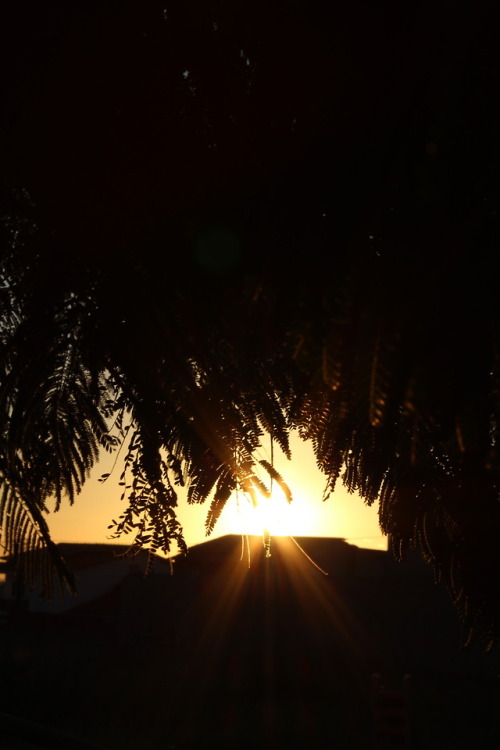
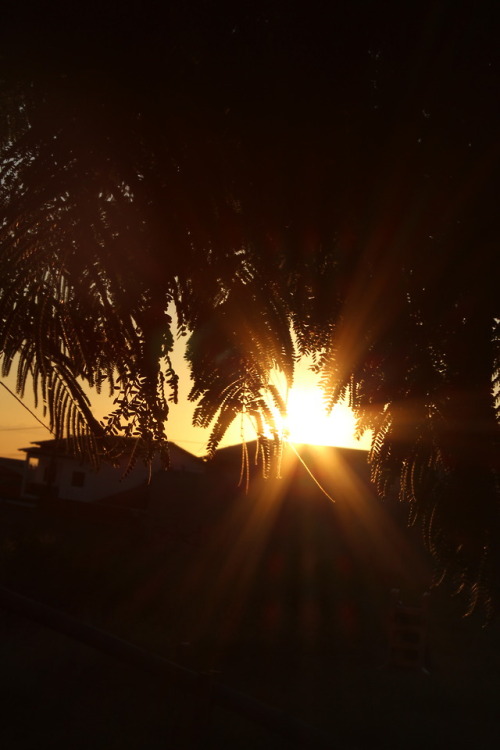

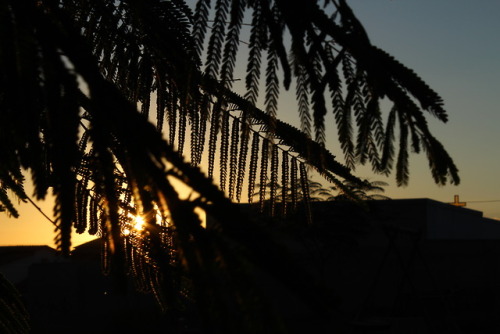

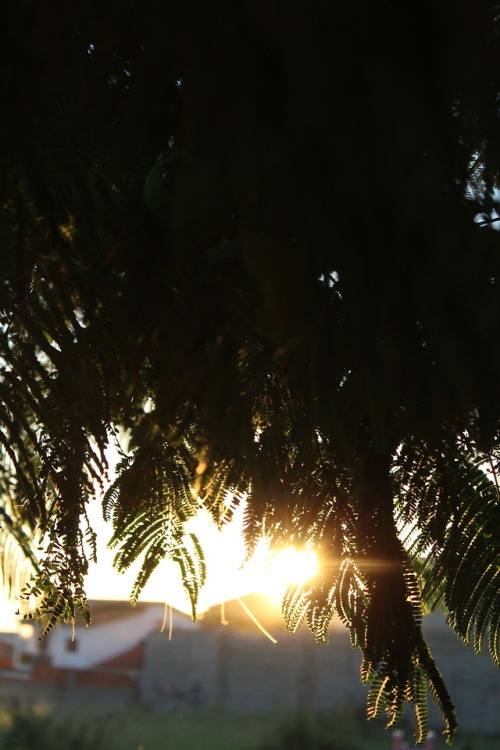

Same same but different. See cloud patterns near #Jupiter’s south pole in this series of color-enhanced images captured during my latest flyby of the planet.

















elijah
25/10/18


